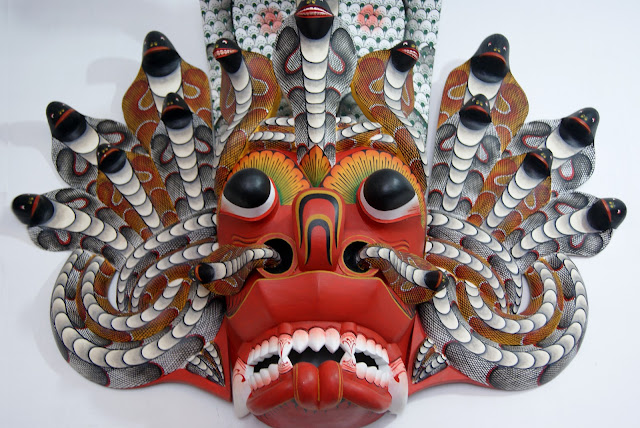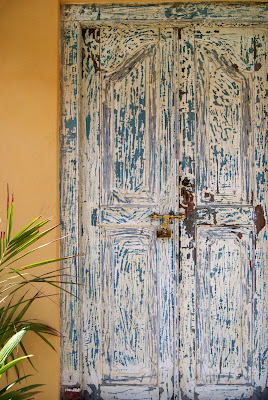Off the northernmost
tip of Sumatra lies the tiny, rural island of Pulau Weh. Reaching this haven
required some time and effort: a twelve hour bus to the north, a becak to the
pier, a ferry to the island, and a harrowing, eye-watering, ear-popping
motorcycle taxi across the island. But it was worth the work to reach Weh
Island’s rustic (budget) tourist digs.
Waters vary from crystal clear to impossible blues and
greens, enticing swimmers to find sweet, cool respite. Waves gently caress
shores rocky and sandy alike, lulling the hammock-bound into swinging afternoon
naps. Afternoon thunderstorms patter on tin bungalow roofs. For me, the bungalow
balcony offered a perfect spot for morning yoga, and the affectionate local cats
were ideal cuddle partners for those afternoon naps. It is in many ways
postcard-perfect.
Even the negatives on Weh Island yield positive results. The
herds of goats that love to clip-clop down onto our bungalow porch provide us
with incredible goat’s milk cheddar for morning omelets. The impossibly
incorrect maps lead us on a drive over the entirety of the magnificently
picturesque island. The rough speedboat ride that sent us hurtling over
six-foot swells through a thunderstorm and left us soaked to the bone allowed
us to snorkel with dancing schools of fish, color flickering in the sunlight;
it also ended with our being gifted a 25-pound fish, a gut-busting feast, even
for six people.
With its minimal tourist infrastructure, herds of goats, and
numerous mosques, Weh Island isn’t the ideal paradise getaway. It was rustic,
our tour guides also made their living fishing, there wasn’t hot water or air
conditioning, we forgot to reapply sunscreen, and the beer was absurdly
overpriced and hard to find. But it was gorgeous, the people friendly and helpful,
the food delicious, and the cats plentiful. I truly couldn’t ask for anything
more.



























